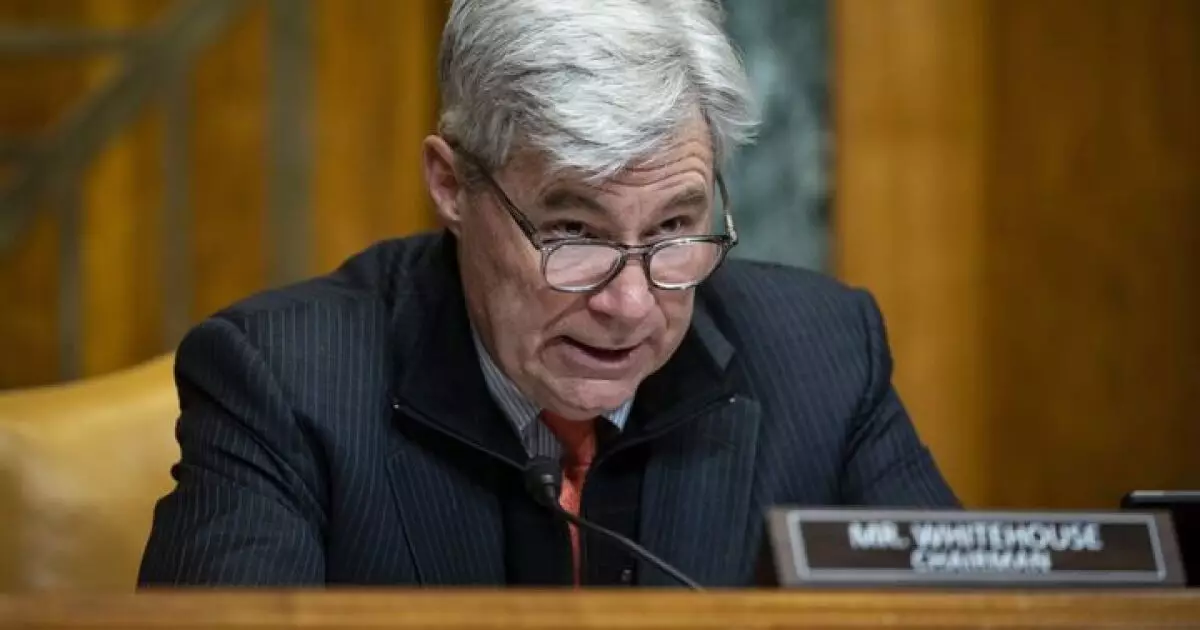The infrastructure funding landscape in the United States is currently characterized by confusion and contention, particularly following a recent freeze on federal funds enacted by the White House. This freeze, although subsequently lifted, has sparked a wave of frustration among lawmakers and transportation officials who depend on these funds for various infrastructure projects supported by bipartisan legislation. The situation reflects a broader concern about the reliability of federal funding mechanisms, as emphasized by Senator Sheldon Whitehouse, who voiced strong objections to the inconsistency of federal adherence to laws passed by Congress. Such events highlight a critical issue: the synergy between state-level execution and federal policy must be both reliable and transparent to ensure effective infrastructure development.
The confusion surrounding the funding freeze not only created immediate obstacles but also initiated a legal battle involving 22 states, underscoring the high stakes involved in federal-state funding relationships. Despite the resumption of funds, the residual effects of this freeze are being felt acutely in states like Rhode Island, where transportation officials continue to grapple with the implications of this uncertainty. The Office of Management and Budget has provided further clarifications, yet the atmosphere remains one of unease. Stakeholders must remain vigilant as they navigate this complex terrain, ensuring that clarity and cohesion are prioritized in future funding policies.
Meanwhile, transportation agencies at the state level are confronted with the looming deadline of September 2026, when funding from the Bipartisan Infrastructure Law is set to conclude. Lawmakers find themselves at a crossroads, torn between reauthorizing an expansive infrastructure bill which would encompass vital areas such as airports and broadband, or pursuing a more streamlined approach focused purely on traditional modes of transportation. This decision is critical, as it sets the foundation for future infrastructure priorities and the allocation of resources.
A Shift Towards Formula Funding
In light of these challenges, transportation stakeholders are advocating for an increase in formula-based funding rather than relying on competitive grants that characterized the Bipartisan Infrastructure Law. The consensus among state departments of transportation is that formula funding is more efficient and predictable, reducing the time and effort required to secure federal dollars for essential projects. Garrett Eucalitto, president of the American Association of State Highway and Transportation Officials (AASHTO), highlighted the inefficient nature of individual grant agreements that often delay the implementation of necessary projects. By focusing on a formula-based approach, states could effectively redirect funds to areas where they are needed most.
Support for this shift is bipartisan, with legislators like Senator Shelley Moore Capito advocating for a more streamlined process. By reallocating discretionary funds into formula programs, state officials can better assess local needs and make informed decisions that promote effective infrastructure investment. This decentralized approach would allow states greater agency in addressing their unique challenges and opportunities while also enhancing accountability for the use of federal funds.
Another important concern for policymakers is the sustainability of the Highway Trust Fund, which faces potential depletion by 2027 absent significant legislative action. The rise of electric vehicles (EVs), which contribute less to traditional fuel tax revenues, represents a fundamental challenge to the current funding model. The shift towards electric mobility necessitates urgent discussions on how to diversify revenue streams to support infrastructure investments, particularly as EV adoption continues to accelerate.
Secretary of Transportation Sean Duffey’s recent memorandum aimed at easing Corporate Average Fuel Economy standards signals a shift in federal priorities, likely impacting the trajectory of EV policy in the coming years. As various industry leaders and policymakers strive to reconcile the need for sustainable transportation options with economic viability and consumer choice, the dialogue surrounding funding models will remain at the forefront of infrastructure discussions.
In the wake of evolving federal policies, states are increasingly tasked with crafting their own solutions to compensate for losses in fuel tax revenue due to the rise of electric vehicles. Many states have already enacted various user fees and registration surcharges to mitigate this challenge, yet a coherent national strategy remains elusive. The absence of a uniform fee structure complicates efforts to ensure that EVs contribute fairly to infrastructure funding.
As the legislative landscape continues to evolve, it is essential for state and federal entities to collaborate closely in developing a comprehensive, equitable funding framework. Policymakers must remain responsive to emerging trends while also addressing the pressing need for predictable and sustainable funding mechanisms. The future of U.S. infrastructure relies not only on legislative assurances but also on the ability of local and state leaders to adapt and innovate in response to a dynamic funding environment.


Leave a Reply